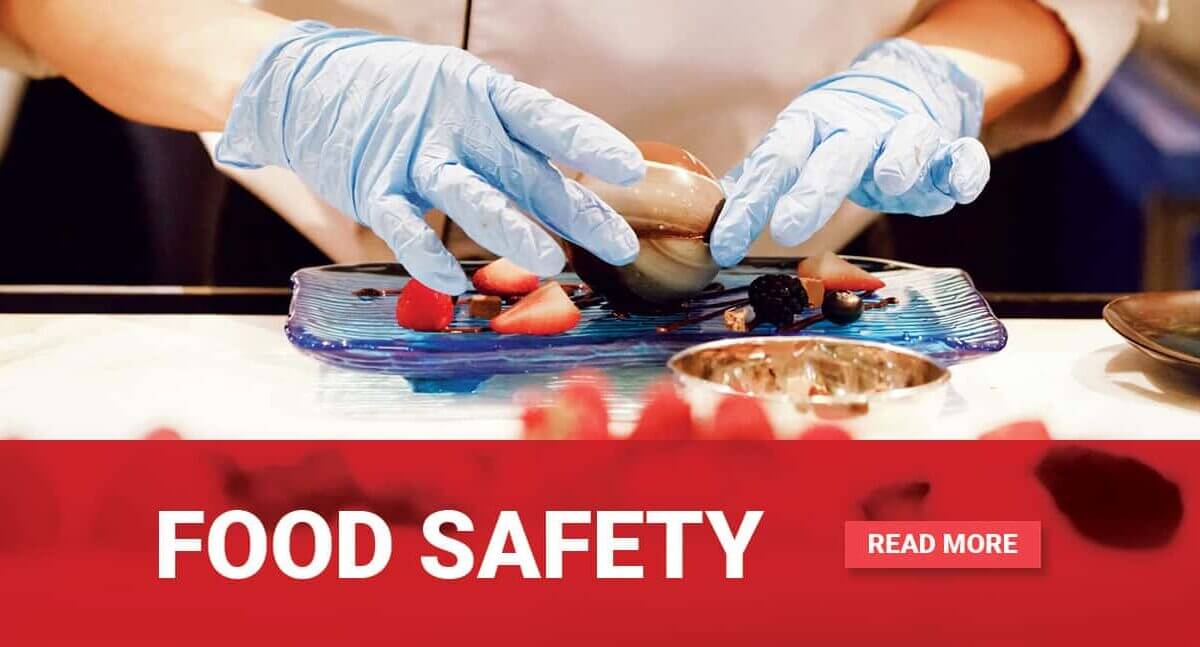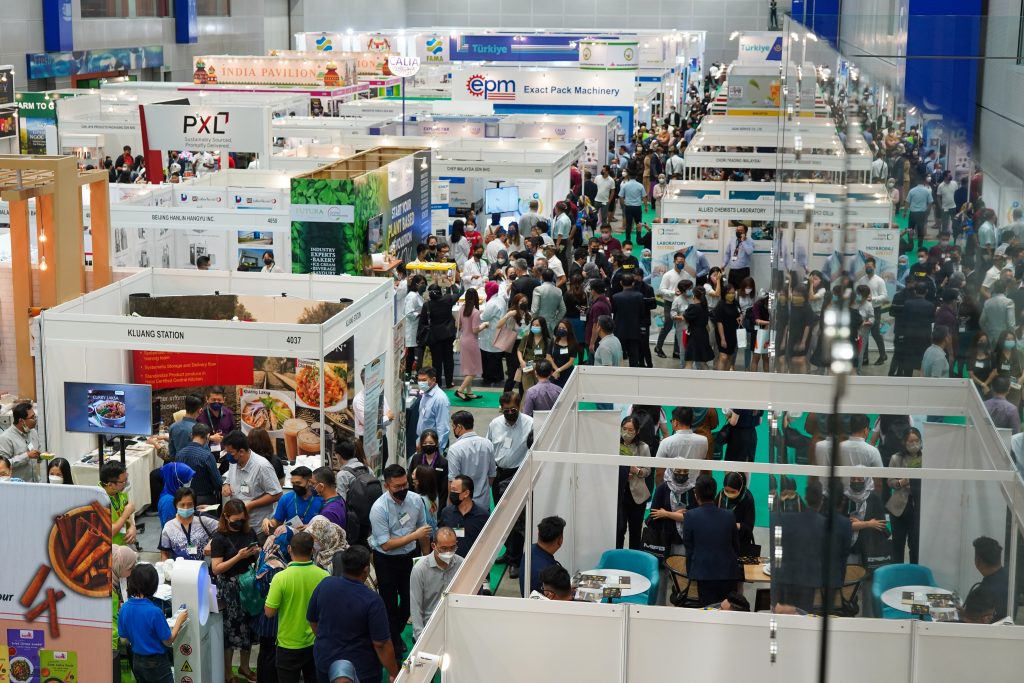Food hygienes are the conditions and measures necessary to ensure the safety of food from production to consumption. Food can become contaminated at any point during slaughtering or harvesting, processing, storage, distribution, transportation, and preparation. Lack of adequate food hygiene can lead to foodborne diseases and the death of the consumer.
World Health Organisation assists the Member States in promoting safe food handling through systematic disease prevention and health education programs directed to food handlers, including the consumers.
In the food industry, it is important to discuss personal hygiene. This discussion should include topics such as wearing gloves, keeping fingernails trimmed, and wearing clean clothes. If gloves are used, they should be changed often. “Toilet” could be understood as defecation only, if urination is not also mentioned.
Keep Clean
Many people wash their hands improperly. They do not use soap or wash only part of their hands. When washing hands, pay attention to fingertips, fingernails, thumbs, wrists, and in between fingers. The combination of hot water and soap helps remove grease, bacteria, and dirt. A bucket with a tap or a bucket and a pitcher can be used to wash hands when no running water is available.
It is best to wash hands with warm water, but in many areas, warm water is not available. Cold or lukewarm water for washing is acceptable when used with soap.
It is important to distinguish between “cleaning” and “sanitizing”. “Cleaning” is the process of physically removing dirt and crumbs of food. “Sanitizing” is the process of disinfecting or killing germs. Cloths, towels and other cleaning utensils need to be kept clean and changed daily. Sponges are not recommended.
Use separate clothes for cleaning dishes and surfaces to prevent the spread of microorganisms. To make a sanitizing solution: mix 5 ml of household bleach in 750 ml of water. Use for utensils, surfaces and wiping cloths. Boiling water can also be used to sanitize utensils, but be careful to avoid burns!
How To Clean Plates & Utensil
In general, one should:
- Clean while preparing food, so microorganisms do not have a chance to grow;
- Pay special attention to eating, drinking, and cooking utensils that touch raw food or the mouth;
- Sanitize cutting boards and utensils after they have been in contact with raw meat or seafood; and
- Don’t forget to clean and dry the cleaning equipment, as microorganisms grow fast in damp places.
- Scrape excess food into a rubbish bin;
- Wash in hot water with detergent, using a clean cloth or brush to remove left-over food and grease;
- Rinse in clean hot water;
- Sanitize utensils with boiling water or with a sanitizing solution; and
- Leave dishes and cooking utensils to air-dry, or wipe with a clean dry cloth.
Separate Raw & Cooked
Raw food, especially meat, poultry, and seafood, and their juices, can contain dangerous microorganisms that may be transferred onto other foods during food preparation and storage.
Emphasize that separation must occur not only when cooking, but during all phases of food preparation including slaughtering processes. Liquids used for marinating raw meat should not be poured over the meat when it is cooked and ready to eat.
Cook Thoroughly
Proper cooking can kill almost all dangerous microorganisms. Studies have shown that cooking food to a temperature of 70 °C can help ensure it is safe for consumption. Foods that require special attention include minced meats, rolled roasts, large joints of meat, and whole poultry.
The center of an intact piece of meat is often sterile. Most bacteria are on the outer surface. Eating intact pieces of meat (e.g. roast beef) with red centers is usually not dangerous. However, in minced meat, rolled roasts or poultry, bacteria can be found both outsides and in the center.
Lower cooking temperatures can be used to kill microorganisms in certain foods. With lower temperatures, more cooking time is required. Reheat cooked food until it is piping hot throughout.
Safe Food & Safe Temperatures
Microorganisms can multiply very quickly if food is stored at room temperature. By holding at temperatures below 5 °C or above 60 °C, the growth of microorganisms is slowed down or stopped. Some dangerous microorganisms still grow below 5 °C.
How to keep food at safe temperatures
- Promptly cool and store leftovers.
- Prepare food in small amounts to reduce the number of leftovers.
- Leftover food should not be stored in the refrigerator for longer than 3 days and should not be reheated more than once.
- Thaw food in the refrigerator or other cool location.
Use Safe Water & Raw Materials
Bacteria can grow in can goods that are not properly prepared. Fresh fruit and vegetables have been identified as a significant source of pathogens and chemical contaminants. Therefore it is critical to wash all fruits and vegetables with clean and safe water before eating. Cutaway damaged or bruised areas of fruits or vegetables – bacteria can thrive in these places. Pay attention to the expiry date on food items and throw away food when the date has passed.
Untreated water from rivers and canals contains parasites and pathogens which can cause diarrhea, typhoid, or dysentery. Untreated water from rivers and canals is not safe! Rainwater collected in clean tanks is safe as long as the tanks are protected from contamination from birds or other animals.
Sources from: FOOD SAFETY WORLD HEALTH ORGANISATION DEPARTMENT OF FOOD SAFETY, ZOONOSES, AND FOODBORNE DISEASES



